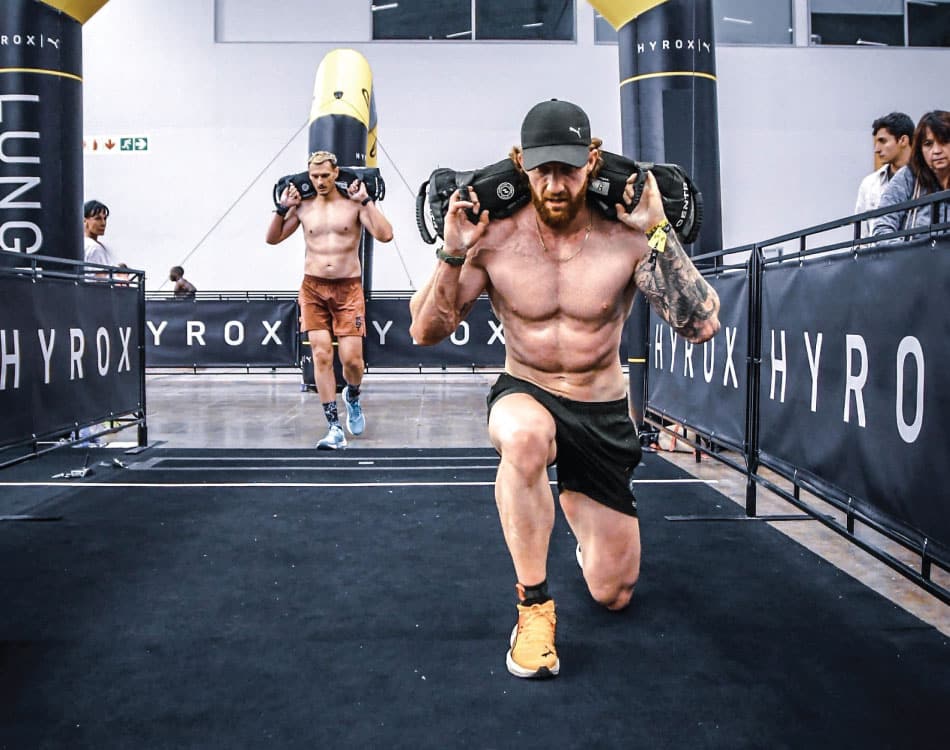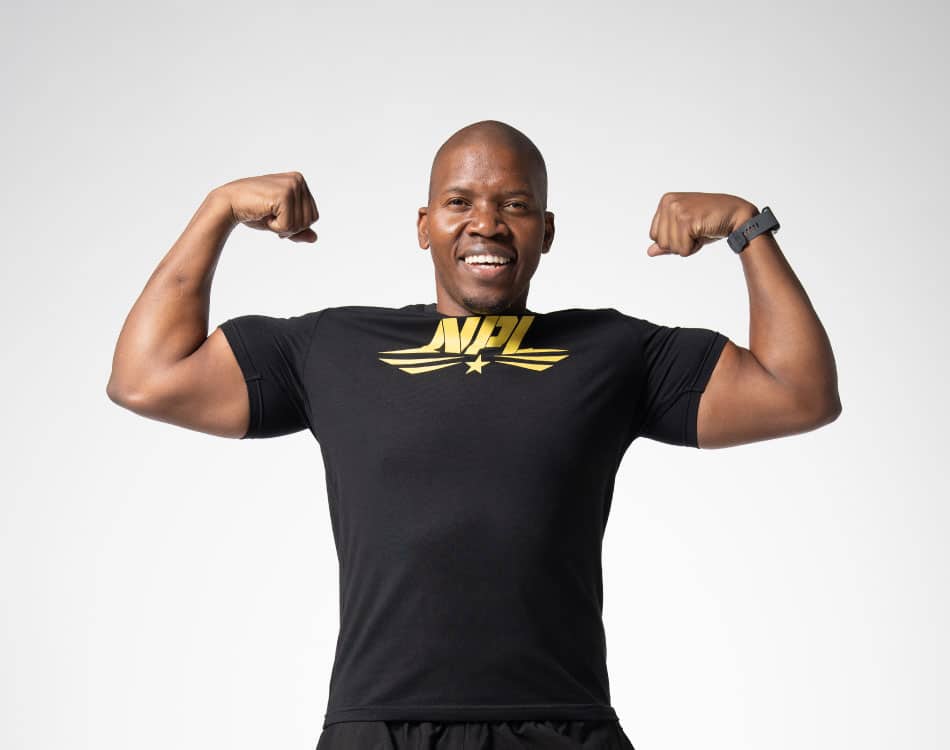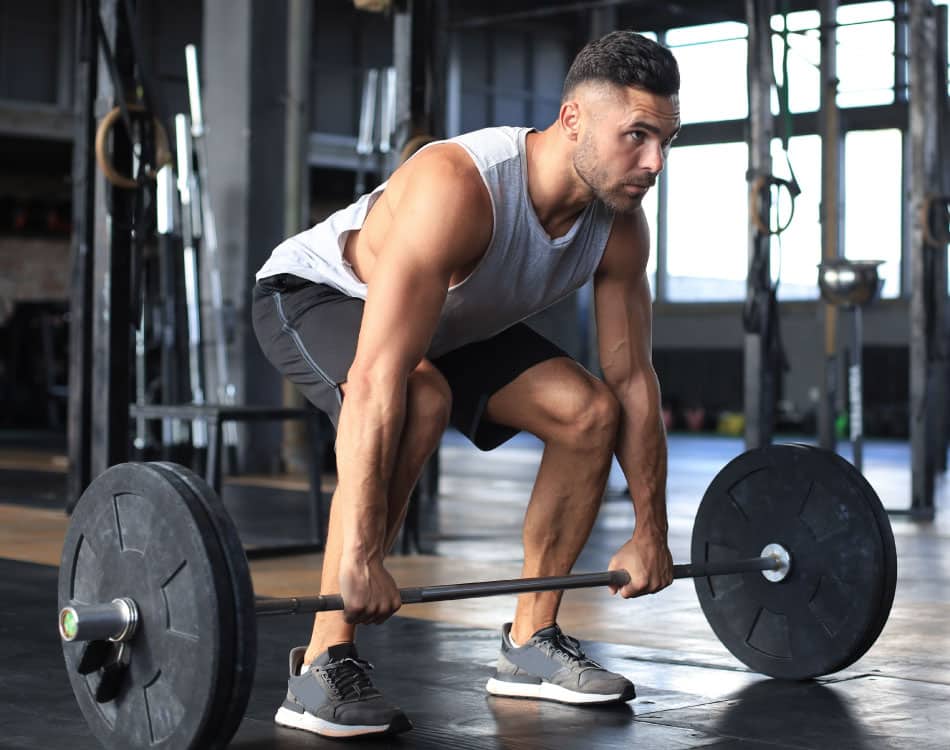If you’re chasing bigger performance gains in the gym or just want to move better, mastering the hip hinge is one of the smartest things you can do.
The hip hinge is a fundamental movement pattern that involves bending at the hips while keeping your spine neutral and your knees slightly bent. Think of it like a bow — you’re folding forward at the hips, not the waist.
Classic examples of hip hinge exercises:
- Deadlifts
- Kettlebell swings
- Good mornings
- Romanian deadlifts (RDLs)
This movement is the foundation for performance, power, and lower injury risk when executing explosive lower-body movements like sprinting, jumping, tackling, and heavy lifting.
Triple Extension: The Power Behind the Performance
Athletes love to talk about power — the ability to generate force fast. The secret sauce behind that power? A movement called the triple extension, which involves extending your ankles, knees, and hips at the same time.
Picture a vertical jump, a sprint off the blocks, or a rugby player going in for a big tackle. What’s happening? All three joints are firing in unison, pushing the body forward or upward with maximum force.
The hips are the biggest player in this power trio. But unfortunately, the hip part of the equation is often misunderstood or skipped entirely.
Why Most People Struggle with the Hip Hinge
Let’s be real: most people at the gym don’t hinge — they squat, and not always well. A glance around shows a lot of movement that’s knee-dominant, with people leaning too far forward, rounding their backs, or squatting with poor control of the pelvis.
That’s not just bad form — it’s bad for performance and your back. Without a proper hip hinge:
- You reduce glute and hamstring activation.
- You increase pressure on your lower back and knees.
- You miss out on the powerful benefits of full-body athletic training.
It’s like trying to jump with your glutes turned off. You’re not going far. Even if you’re not training for the Olympics, the hip hinge matters. Here’s what it does for you:
- Boosts strength and explosiveness in your workouts.
- Targets your glutes and hamstrings, building real posterior chain power.
- Improves movement efficiency, both in and out of the gym.
- Reduces injury risk, especially to the lower back and knees.
- Unlocks advanced lifts like the deadlift and power clean.
In short, it’s the movement that makes all other movements better
How to Hip Hinge Properly (A Quick Guide)
Here’s a simple way to practice the hip hinge:
- Stand with feet hip-width apart.
- Slight bend in the knees.
- Push your hips straight back, like you’re trying to close a car door with your butt.
- Keep your back flat — no rounding or arching.
- Head neutral, looking slightly ahead (not at the ceiling or your feet).
- Feel the stretch in your hamstrings, not strain in your lower back.
Try it with a dowel or broomstick on your back — one end touching your head and the other your tailbone. If the stick stays in contact with your spine throughout the movement, you’re nailing the hinge.
Unlock Your Athletic Potential
Whether you’re chasing a new PR in the gym or just want to move better in life, mastering the hip hinge is non-negotiable. It’s the gateway to more power, better performance, and a body that moves like it was built to.
So next time you’re deadlifting or doing kettlebell swings, remember: It’s all in the hips. Learn to hinge, and you’ll not only lift better — you’ll jump higher, run faster, and probably feel a whole lot stronger doing it.















